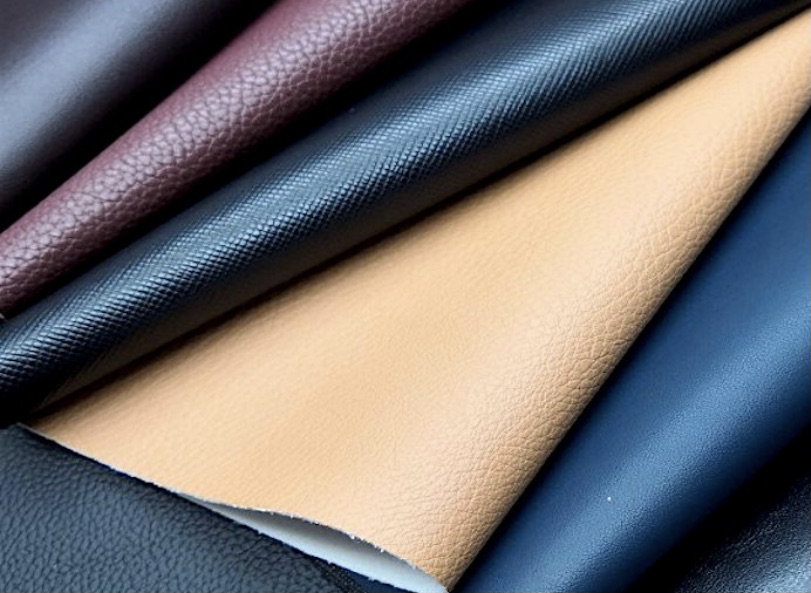In 2018, I promised to keep you updated on developments in vegan leather and related products. Here is an update.
I’ve been hearing more and more about it lately, and what strikes me most is that there are still a lot of questions about what exactly it means, vegan leather. Hence, I decided to try to explain it all in clear “Jip and Janneke taal”.
I am often approached as a leather specialist with enthusiastic stories about what fun and beautiful things someone has bought from vegan leather. When I then ask exactly what kind of product is involved, nine times out of ten it comes down to the fact that that information is missing or very brief. What is vegan leather really?
First, let’s establish what real leather is; leather is of natural origin and made from the skin of an animal. In order not to decay, this hide or skin (“hide” is used for hides of large animals, such as cattle and horses, “skin” is used for skins of smaller animals, think sheep and goats) must be tanned with the best possible preservation of its original fiber structure. The hair or wool may or may not have been removed. Then, talking about real real leather.
And I can’t make it any clearer, but skin is in almost all cases a “waste product” of animal husbandry. So as long as people still keep animals, we better process everything from the animal, and waste as few usable resources as possible.
So actually, vegan leather cannot exist according to the definition above. Any material that does not come from an animal in some way can be labeled vegan. Vegan also does not of itself mean “natural”. That’s a very vague term anyway.
Also, this term doesn’t need not be related to the environmental impact of the product; for example, whether it is biodegradable and/or recyclable. This should be specifically mentioned.
Marketing term
Vegan leather is thus a marketing term used to refer to a material made to resemble leather. So better would be the term “vegan leather substitute”.
Some of these materials are synthetic and made from petroleum. They are then joined with a polyester or nylon backing for strength and coated with PVC or polyurethane. Although vegan leather substitutes with this composition often feature micro-perforation to allow it to “breathe,” this is not quite comparable to the comfort of real leather.
When purchasing a product from this material, I recommend seeking or asking for more information so that you can make an informed purchasing decision. Look at the environmental aspect and check the quality of any synthetic material made to look like leather.

Bio-based leather substitutes
Fortunately, developments are not standing still, and there is a growing number of vegan leather substitutes on the market that are manufactured using a plant-based or other organic raw material as the main ingredient. For example, there is apple-leather, pineapple-leather, mushroom-leather, wine-leather, palm-leather, fungus-leather, cactus-leather, etc.
And what is that? These materials consist of a component of biological (i.e. from a living/natural organism) nature, which again are combined or supported with other materials to keep them strong or give them body. Unfortunately, that substrate or matrix is still often made of a plastic such as nylon, PVC or polyester. But materials with a matrix of linen, hemp or jute, for example, are also being worked on.
These natural components, which make up the bulk of the product, often have much better comfort properties than petroleum-based vegan leather substitutes. This makes them a nice, acceptable alternative to real leather.
But if you would like to go for an all-natural material, then real leather is hard to beat.
For those interested; even more information about leather can be found at Leather Naturally’s wonderful website www.leathernaturally.org where some of this information also comes from.

